DSCH Journal, January 2020
Letters to the Editor:
As a first violinist in the Moscow Philharmonic Orchestra from 1965 to 1973, Victor Yampolsky had the opportunity to see Dmitri Shostakovich when the orchestra, under conductor Kirill Kondrashin, was rehearsing a Shostakovich symphony or concerto.
“He was frequently present at rehearsals,” says Mr. Yampolsky, who has been Director of Orchestras at Northwestern University in Evanston, Illinois since 1984. “He would sit about a third of the way back in the empty auditorium [at the Grand Hall of the Moscow Conservatory, where the orchestra rehearsed and played all its concerts], following the music with a score, occasionally making a comment.”
One such comment from Shostakovich was quite astonishing, and worth sharing with the readers of the DSCH Journal, as I don’t believe it has been told before.
During a rehearsal of the Fourth Symphony during the 1969-70 season, Maestro Kondrashin (who led the premiere in 1961) ventured to suggest a cut in the last movement. He was referring to the 90-measure section in the third (last) movement that endlessly repeats a two-note motif, with little variation, for several minutes. “It starts at rehearsal # 174,” Mr. Yampolsky notes, “and continues until rehearsal # 180. Naturally, the Moscow Philharmonic always played the symphony without any cuts. But on this occasion, Kondrashin stopped the orchestra, turned to the composer and said, ‘Wouldn’t it be better to make a cut here?’
“Shostakovich replied immediately, ‘Let them eat it all!’1
“Needless to say, the section was played without any cuts.”
Mr. Yampolsky adds that he has conducted this work twice at Northwestern, “both times with a cut of 65 measures, making this passage 25 measures long. If I would perform this symphony again, I would probably still make a cut, only smaller, perhaps 25 to 30 measures.”
Mr. Yampolsky studied at the Moscow Conservatory with David Oistrakh for five years. His father, the distinguished pianist Vladimir Yampolsky, was Oistrakh’s accompanist for many years. Stories about Shostakovich were circulated widely in Moscow music circles. The composer’s views on Stalin and the Soviet musical establishment were well-known, Mr. Yampolsky relates.
As to the veracity of “Testimony,” Shostakovich’s disputed memoir as purportedly told to Russian writer Solomon Volkov, Mr. Yampolsky agrees with those who believe the book conveys the spirit, if not always the literal words, Shostakovich related to Volkov.
- A less detailed version of this anecdote is reported in Gregor Tassie, Kirill Kondrashin: His Life in Music (Plymouth, U.K.: Scarecfrow Press, 2009)
Note: The DSCH Journal is the pre-eminent publication on the life, times and music of the 20th century Russian composer Dmitri Shostakovich.
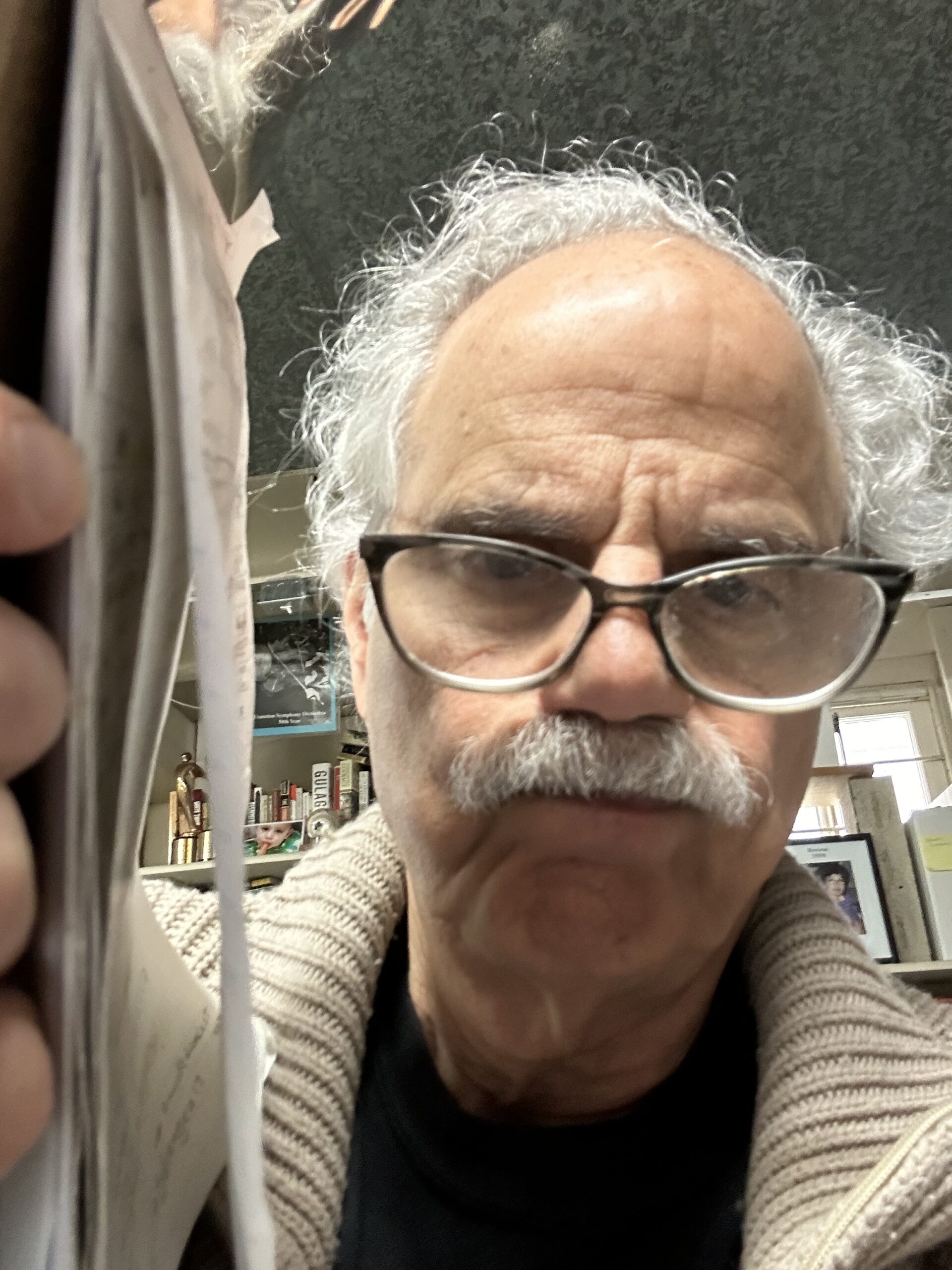
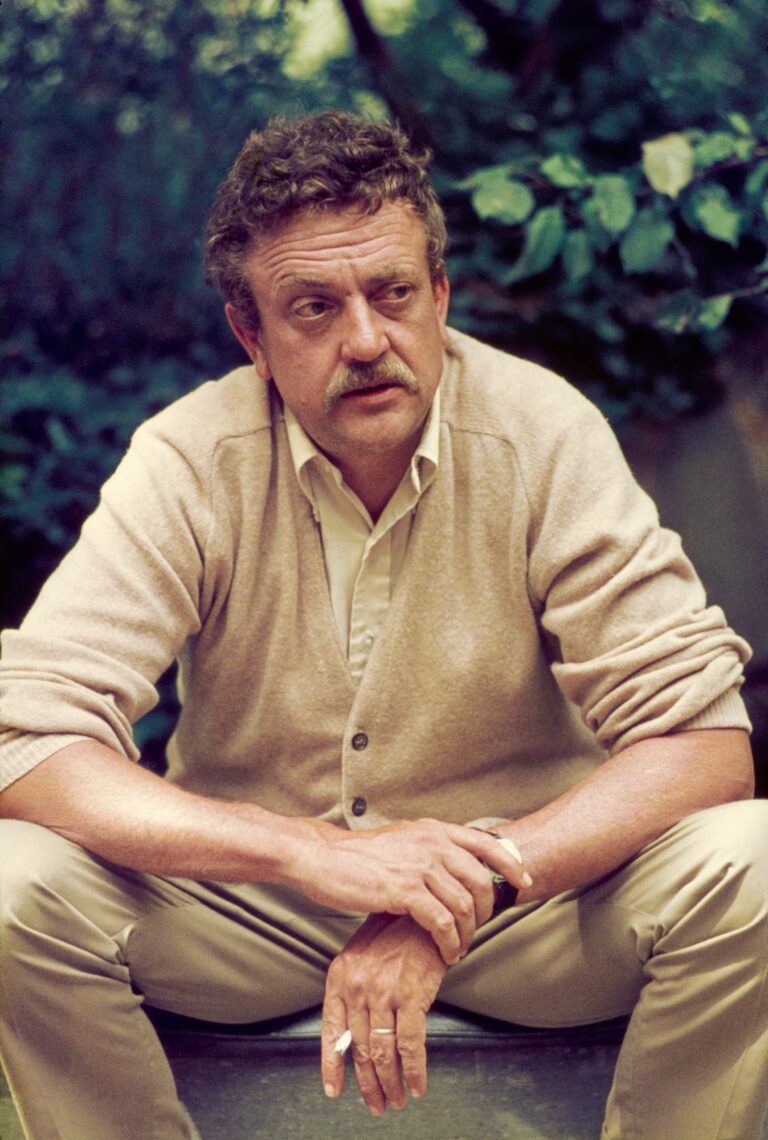
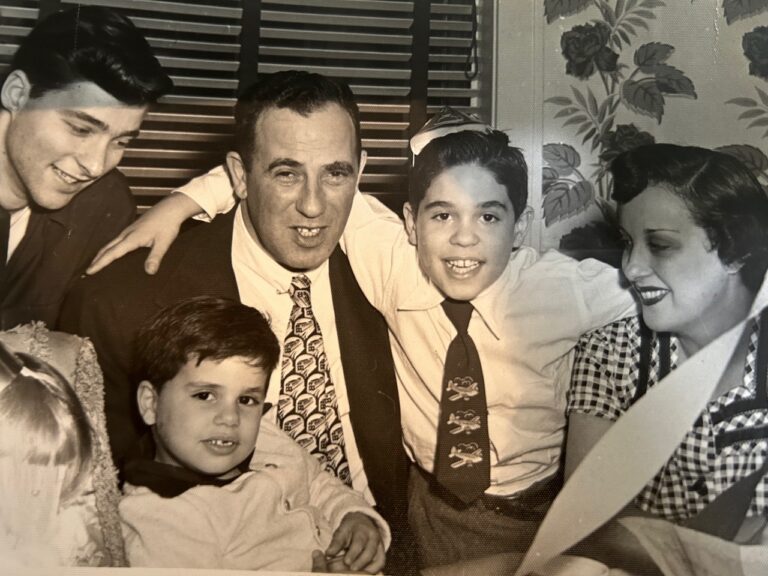
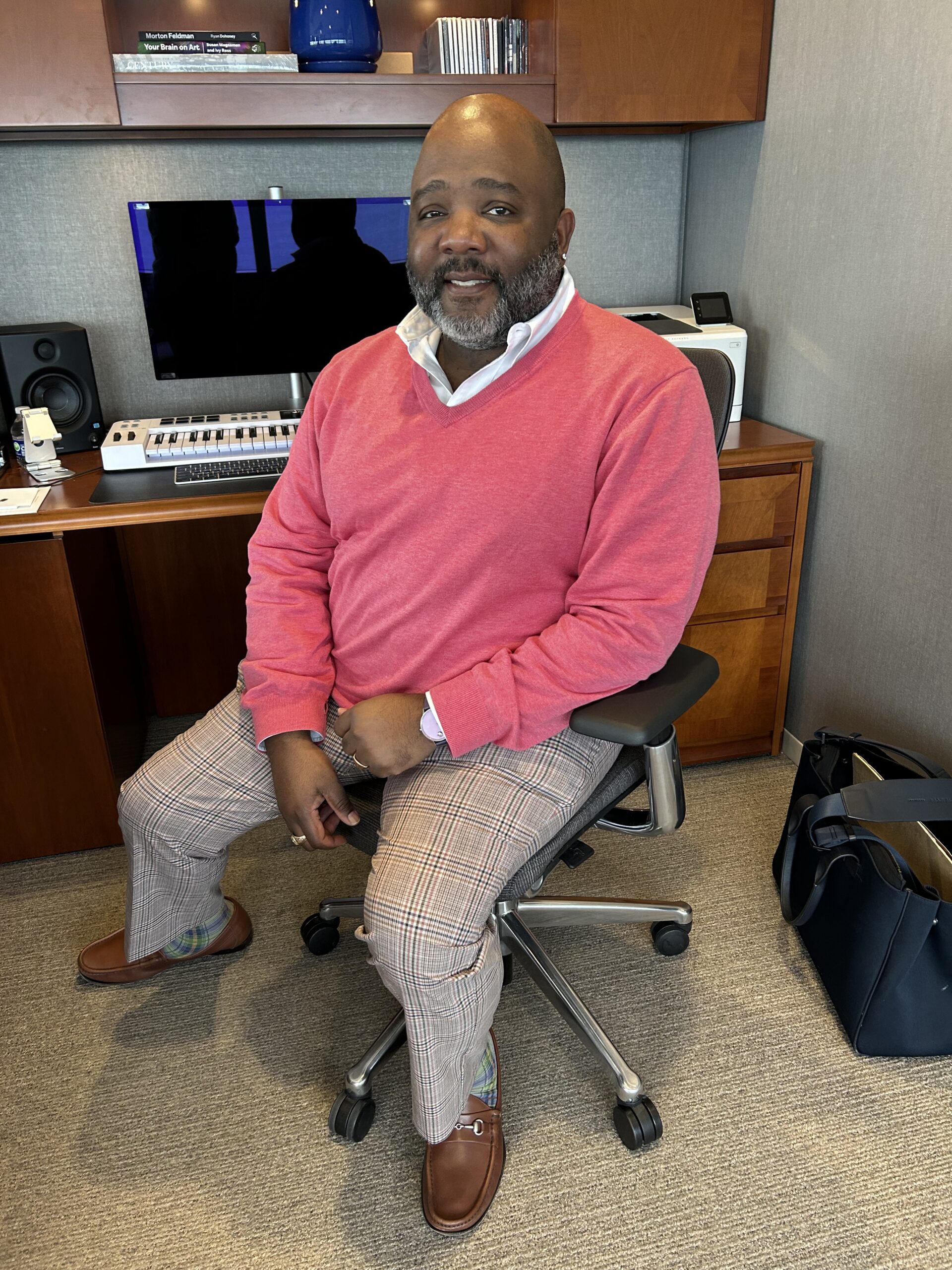
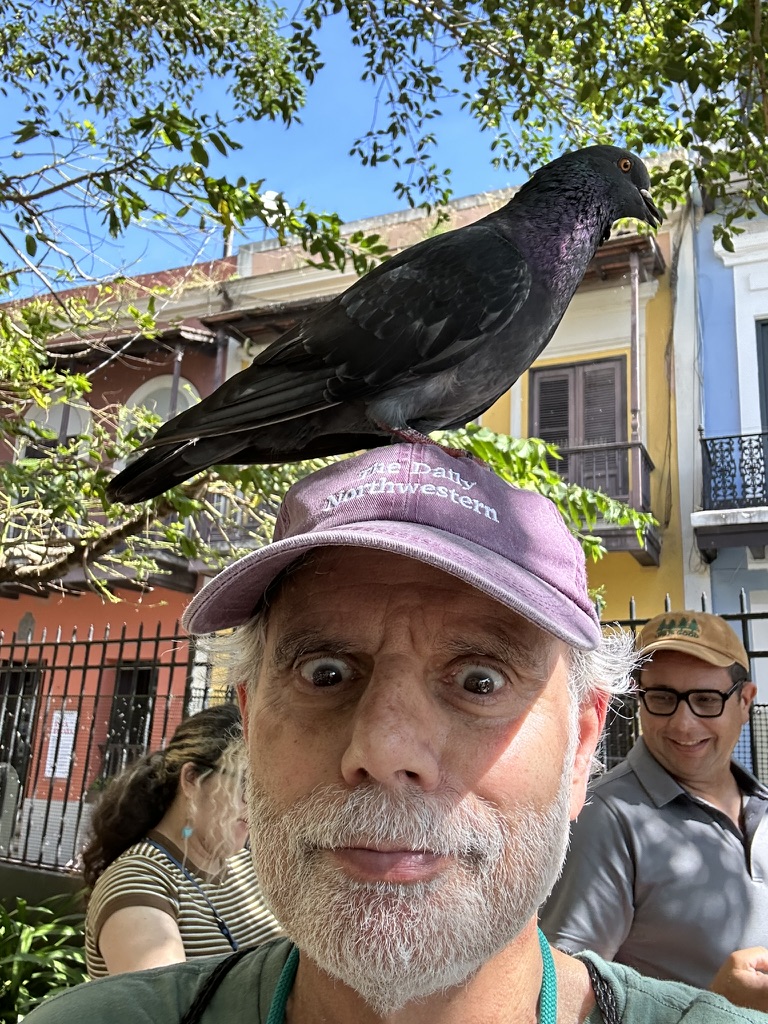
+ There are no comments
Add yours